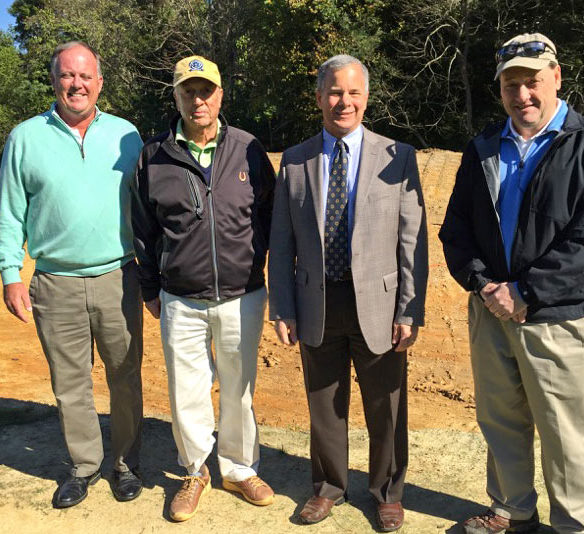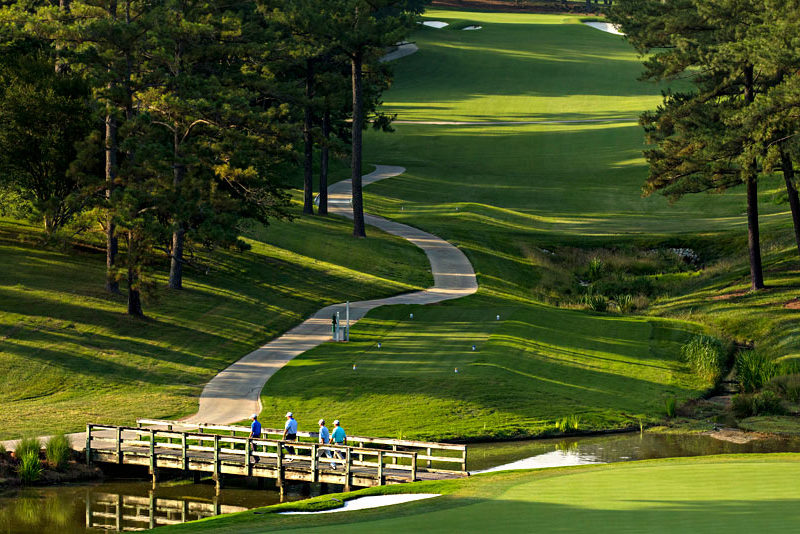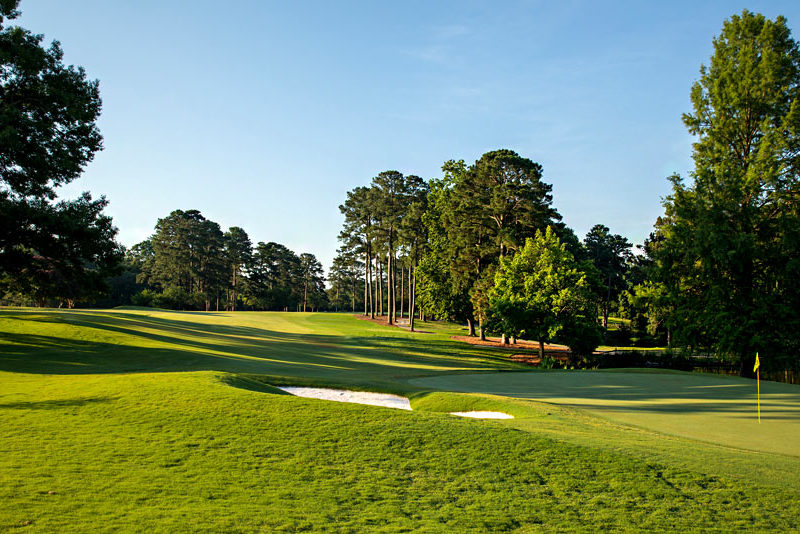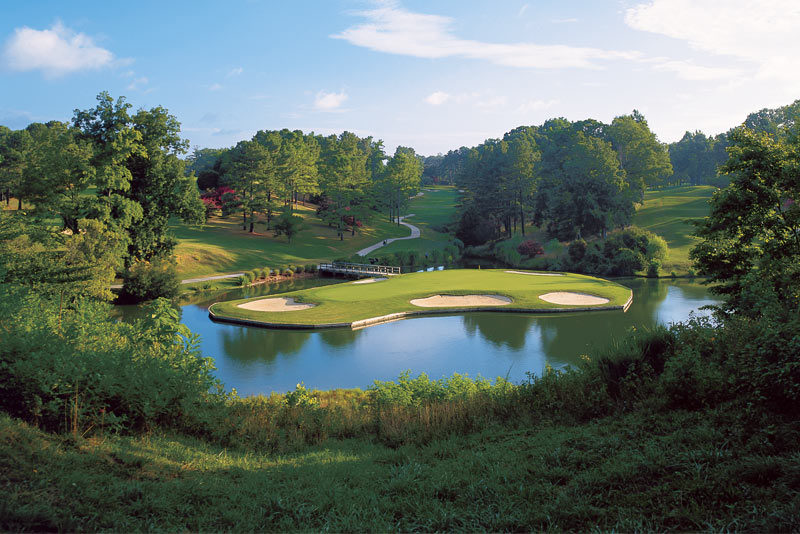Improving Playability While Keeping Character
Courtesy of Sean Dudley
Golf Course Architecture

The Gold Course at Golden Horseshoe Golf Club in Colonial Williamsburg, Virginia, US – originally designed by Robert Trent Jones, Sr. – has reopened following a renovation project led by a team from Rees Jones, Inc. GCA caught up with architect Greg Muirhead to find out more:
How has bunker renovation project gone?
The bunker renovation project went very well. As part of our long-range master plan study, we evaluated the location, size, depth, visibility and strategic value of each bunker. As both a membership and resort facility, the course must accommodate and challenge an extremely diverse player demographic. We concluded most of the existing bunkers remained relevant in their current locations, while others needed to be slightly relocated or eliminated. Some of the bunkers we removed were converted to greenside chipping areas, thereby offering new and diverse shot options. We also added a few bunkers, mostly fairway bunkers, to help visually define shots and challenge more-skilled players.
We also reviewed photos of the course from the early 1960s, in order to recapture some of the original Robert Trent Jones bunker shapes and style.
All bunkers were constructed using the Better Billy Bunker methodology. We also selected a very high-quality sand. This combination will assure optimal playing conditions and streamlined maintenance operations.
How have the new turfgrasses taken?
One of the client’s primary renovation goals was to completely regrass the entire course in order to dramatically improve both the playability and visual presentation of the course.
After considerable study, the team selected Northbridge bermudagrass for the tees, fairways and roughs. The Northbridge turf provides great playing conditions at multiple heights of cut. We were also impressed with its colour, including its early spring ‘green-up’ and ability to hold its colour later into the fall, compared with other bermudagrass varieties.
The cool and wet spring has slowed establishment of select areas grassed near the end of the project, but we are confident all areas will be in great condition when the summer heat arrives.
Each green was completely resurfaced and re-seeded with 007 bentgrass. The surfaces are smooth and look great. Each green was surrounded by a collar of TifGrand bermudagrass, in order to slow and help buffer encroachment of the more aggressive Northbridge into the 007.
Were there any other particularly interesting elements to the project?
There were several! During the process of resurfacing each putting green, we were able to re-establish the original green perimeters and recapture some of the most interesting and challenging hole locations. We also decided to completely rebuild three greens, on the second, sixth and twelfth holes, primarily to soften some of the existing contours and increase the number and variety of available hole locations. We also rebuilt and lowered the eighteenth green, in order to improve its relationship with the adjacent water hazard.
In order to improve overall playability for a variety of golfers, we also added eight forward tees. Depending on daily set-up, these tees could reduce yardage from the forward markers by nearly 500 yards. These tees also enable other markers to be moved forward, onto the original forward tees, thereby also improving the experience for variety of intermediate-level players.
The Gold Course has long been recognized for its exceptional collection of challenging and visually striking par three holes. In order to assure less-skilled players have the opportunity to successfully complete play on these holes, we expanded, or added, drop areas on holes three, seven and twelve. We also expanded the drop area on the par five second hole.
Another of the project’s primary objectives, was to improve and expand the practice facilities. To accomplish this, we added four target greens, with adjacent bunkers, throughout the practice range. We also doubled the size of the practice putting green and created completely new surface contours.
Finally, we created an entirely new short game practice area. This facility includes a 7,500 sq ft chipping green, an adjacent sand bunker and a variety of fairway chipping areas and grass hollows, maintained at rough height. These features enable players to practice all shots they might encounter on the course.
While the course was closed, we also took advantage of the opportunity to replace old drain pipes, repair cart paths and undertake other infrastructure improvements.
What do you think golfers can expect once the course reopens?
Golfers will experience a fully refurbished and reborn Robert Trent Jones classic. Overall playability has been greatly improved, but the original character and challenge of Jones’ design have been preserved. The rebuilt bunkers and new turfgrasses will further enhance the course’s playability and aesthetic appeal. Finally, the improved and expanded practice facilities serve to complete the overall offerings and total golf experience.


